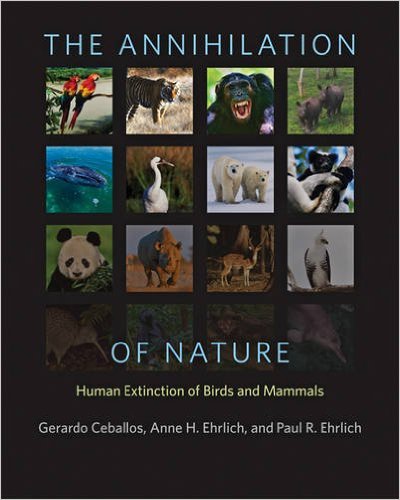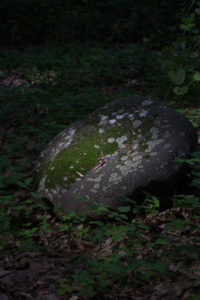Overpopulation is one of the biggest problems ever faced by mankind. With limited resources such as edible food and clean water, our society needs to greatly curb our population. In Ethiopia, the average woman has 8.5 children, while typically only one child can be fed. In the non-fiction book, “Man Swarm,” Dave Foreman takes the reader through an in-depth conversation about overpopulation. First, he introduces the topic and puts our population growth into context, and it’s quite ghastly. After introducing the historical context, he discusses the topic of “carrying capacity” and the relevant damages inflicted by humans. Lastly, he explains what can be done and presents his own solution to the environmental problem of immigration to the United States. Throughout the entirety of the book, Dave Foreman backs up his arguments with highly convincing, concrete scientific evidence.
Dave Foreman was able to powerfully affect my view on overpopulation. He did this through use of creative arguments, easy to understand context, and the incorporation of hard facts. An interesting point Dave makes is that immigration to the United States is absolutely terrible for our earth. As Americans have a bigger carbon impact than any other nation in the world, immigration to the United States only increases overall greenhouse gas impact even further. In another example, Dave indulges in some interestingly disturbing facts. He states, “Overall, each one of us in the U.S. burps more CO2 and other greenhouse gases than do folks in any other country in the world, and we are each burping more every day.” (48) Not only did Dave include unusual facts about overpopulation, but he also used lots of context throughout the book. For example, “This is where we get matchups such as one American having as much impact as seventy Nigerians or thirty-five Indians.” (99) Additionally, Dave used the context of money to further his point, “Based on a ‘social cost’ of carbon dioxide of $85 a tonne, the report estimates the climate cost of each new Briton over their lifetime at roughly £30,000 ($63,240).” (46) Dave also exposes the “cornucopian” mindset, which is basically the idea that technology will solve our problems and overpopulation is nothing to worry about. Dave Foreman delves into the “cornucopian” mindset and explains why it’s wrong on many different levels.
My level of understanding on the topic of overpopulation greatly increased as I read Dave Foreman’s book. In addition to understanding the harms of overpopulation directly and indirectly, I have been able to think about my personal decisions, such as leaving lights on and taking hot showers, which affect the world I’m living in. Dave Foreman goes over the top with this book (in the best way possible) and explains everything there is to be explained about the issue of overpopulation.
This book is an absolute must read for anyone with any interest, big or small, in the environment. Every time I read this book, I was taken aback by Dave Foreman’s creative habits in supporting his arguments in addition to his incorporation of science and research. This was a very powerful piece that will stick with me. To put the cherry on top, this book is a short read that is written in an easy to understand manner, and it’s sure to enlighten and entertain!


 to the present as they contemplate the extinction of modern animals. After spending much time analyzing the extinction of many birds and mammals, the autho
to the present as they contemplate the extinction of modern animals. After spending much time analyzing the extinction of many birds and mammals, the autho


